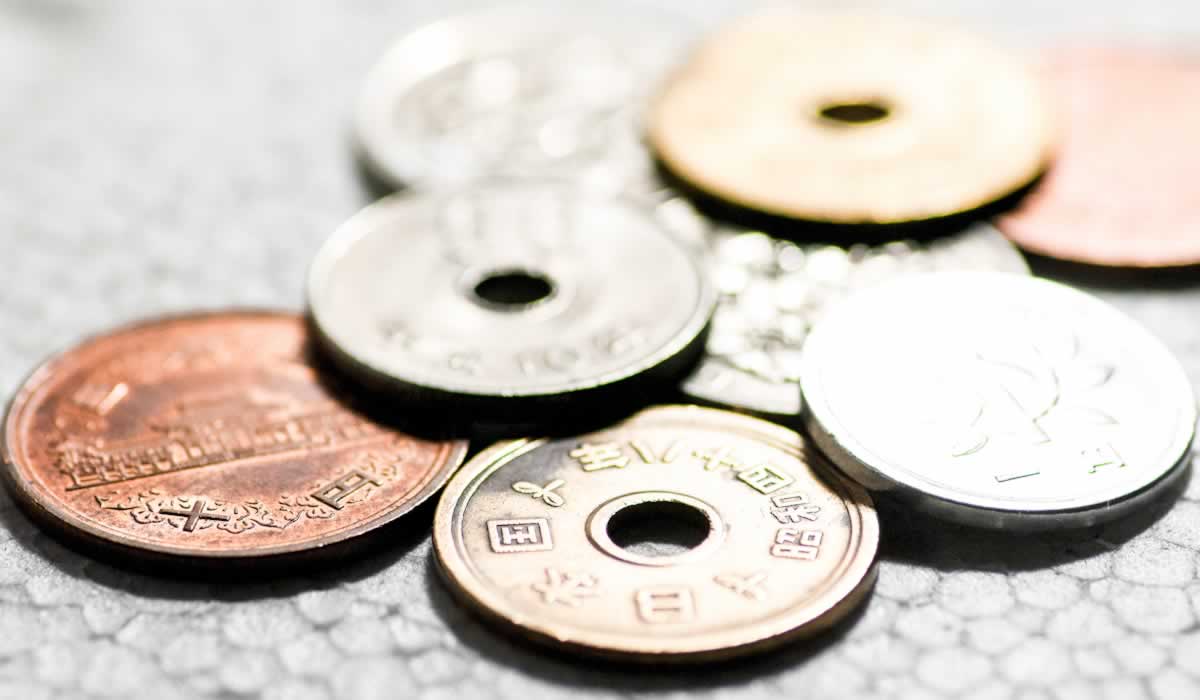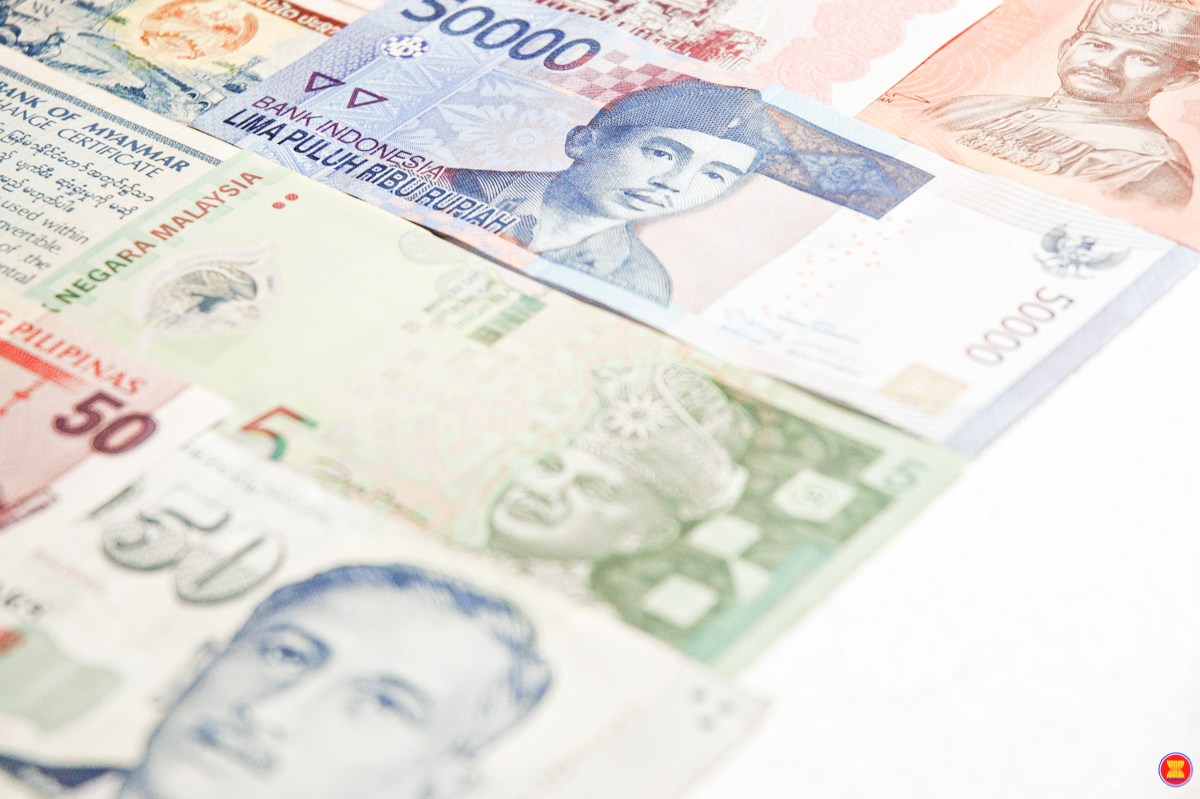Under the Trade in Goods, Japan has to eliminate 92% of its tariff rates based on tariff lines and trade value for goods in the Normal Track within 10 (ten) years of the entry into force (EIF) of the Agreement. Meanwhile, the ASEAN 6 (Brunei, Indonesia, Malaysia, the Philippines, Singapore, and Thailand) have to eliminate 90% of its tariff rates based on the tariff lines and trade value for goods in the Normal Track within 10 (ten) years of EIF of the Agreement. For Viet Nam, it has to eliminate 90% of its tariff rates based on tariff lines and certain percentage on trade value for goods in the Normal Track within ten (10) years of EIF. For Cambodia, Laos and Myanmar, certain flexibility was provided. Each has to eliminate 90% of its tariff rates based on either tariff line or trade value for goods in the Normal Track within 13 years of EIF.
For goods under the Highly Sensitive List, Sensitive List and Exclusion List, the modality varies and the tariff cuts were negotiated bilaterally between ASEAN Member States and Japan, taking into account the sensitivities of the parties.
Chapter 2 of the AJCEP Agreement provides for trade in goods which covers key elements as follow:
- Elimination and reduction of customs duties on originating goods of other Parties in accordance with Annex 1 of the Agreement;
- Further liberalization of trade in goods through bilateral, unilateral, or regional efforts;
- Restriction for Parties to maintain any non-tariff measures including quantitative restrictions on the importation of any good of the other Parties or on the exportation or sale for export of any good to other Parties (except permitted under the WTO Agreement);
- Application of safeguard measures to prevent injuries to domestic industries.
- Arrangement for modifications of concessions; and
- Simplification and harmonization of Customs Procedures as well as information sharing on laws and regulations relating thereto for transparency.
For the purpose of liberalizing the trade in goods under AJCEP, the following provisions are incorporated under the AJCEP Agreement
Rules of Origin
Rules of Origin (ROO) for AJCEP are provided for under Chapter 3 of the Agreement. Trade facilitating ROO have been established under the AJCEP that would help encourage regional cumulation of inputs not only benefitting ASEAN industries but also Japanese companies operating and have huge investments in ASEAN. The AJCEPs ROO has a general rule of RVC (Regional Value Content) 40% or CTH (Change in Tariff Heading), thereby providing flexibility for exporters/manufacturers in choosing the rule to apply and increasing their chances of complying with the ROO to avail of the preferential tariff treatment.
To avail tariff preferential under AJCEP, Rules of Origin set out in the Agreement must be complied and Certificate of Origin under AJCEP must be used.
Sanitary and Phytosanitary (SPS)
SPS measures, which are provided for under Chapter 4 of the Agreement, oblige exporters to adhere to the rules and regulations concerning SPS on products they are exporting to other Parties. The Chapter also encourages stakeholders to forge closer cooperation in SPS in technical assistance.
Standards, Technical Regulations and Conformity Assessment Procedures (STRACAP)
Chapter 5 of the Agreement aims to ensure that STRACAP in ASEAN Member States and Japan do not create obstacles to trade. For this purpose, the Agreement encourages Parties to strengthen cooperation in the fields of STRACAP through joint studies, exchange of information, capacity building, and other programmes of mutual interest.



